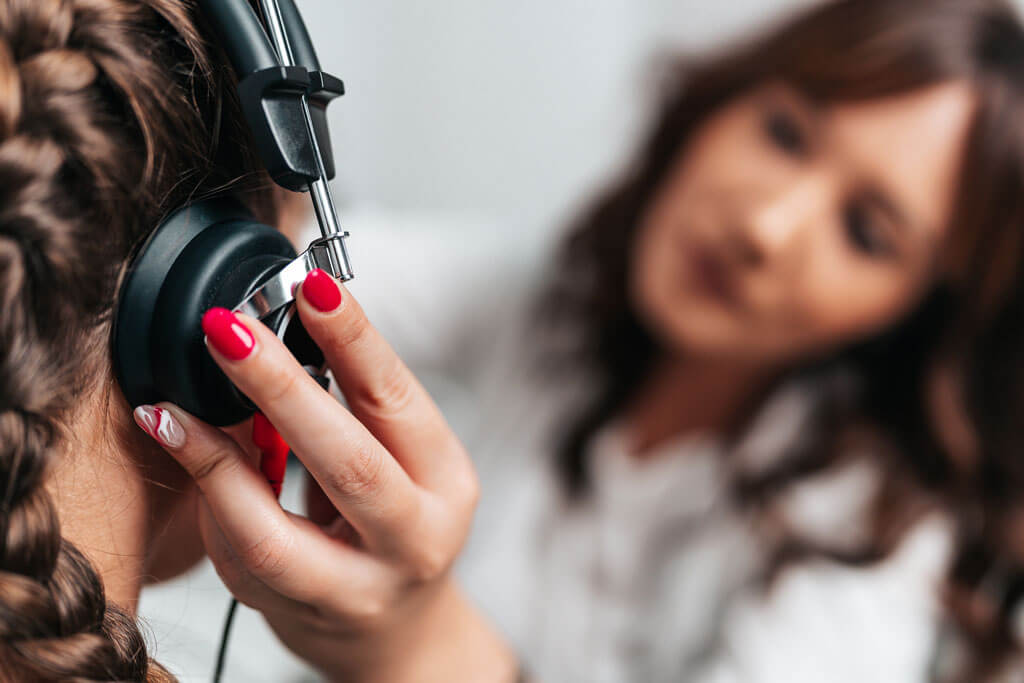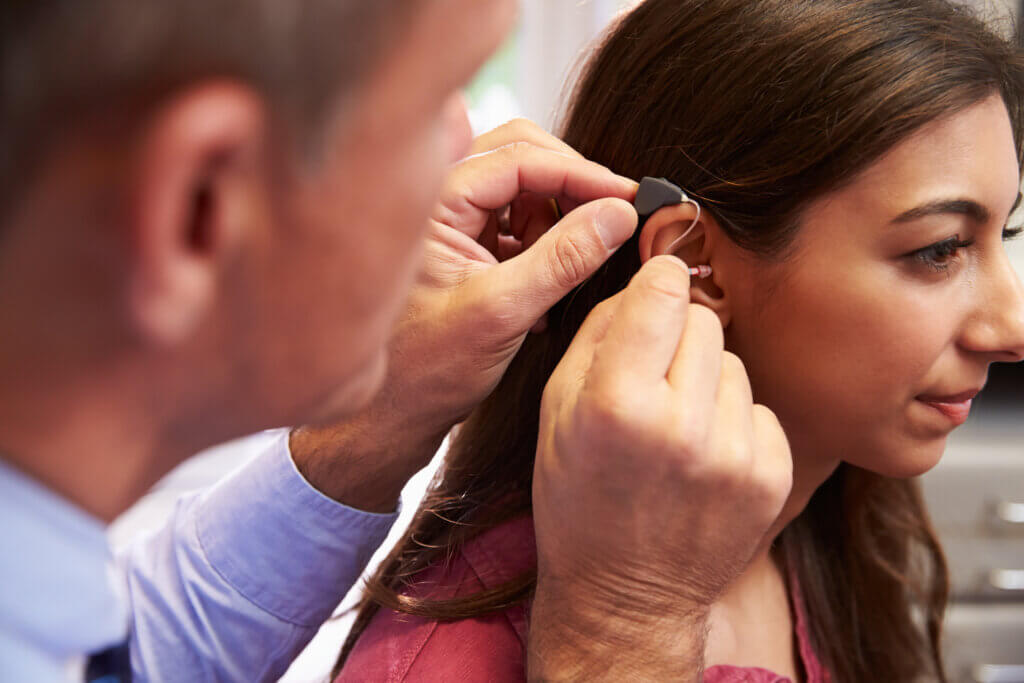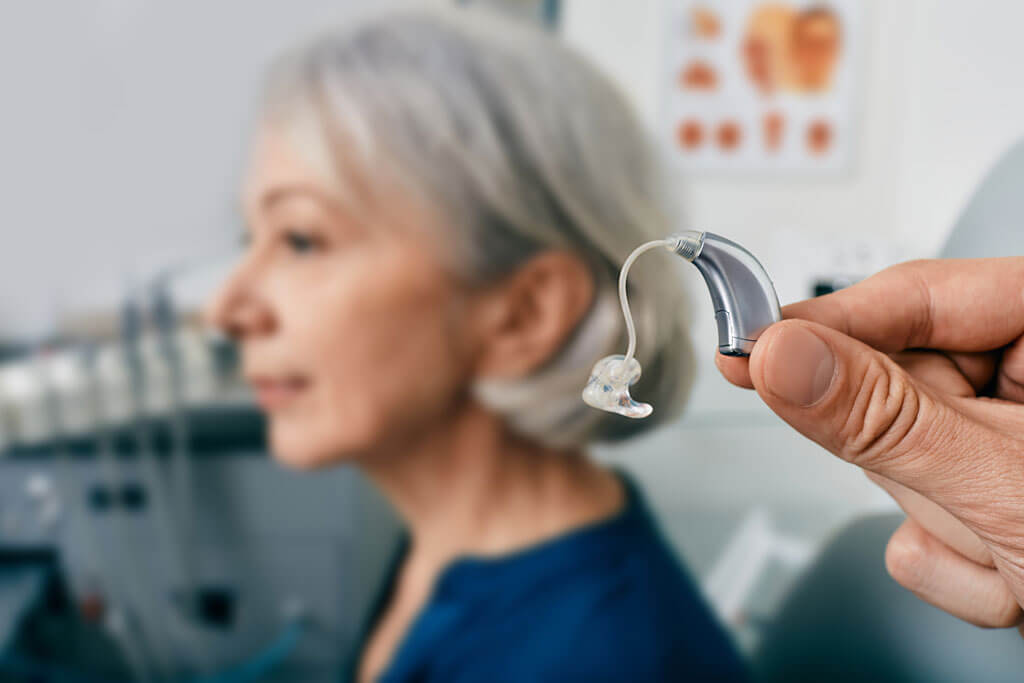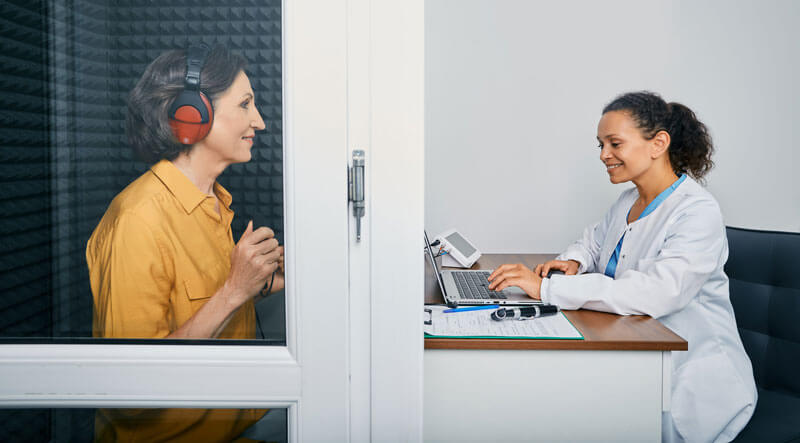Benefits of Hearing Aids
Hearing loss is a gradual process and many people don’t realize the extent to which their hearing has deteriorated until others point it out. Meanwhile, changes in their activities of daily living reflect their diminished ability to hear (such as turning up the volume on the TV or asking people to speak louder). Often, family members make compensations for the hearing impaired — but at some point, even that is not enough, and the individual begins to shy away from social situations. The effects of untreated hearing loss can lead to anxiety, insecurity, isolation and depression.
With the technology available today, hearing aids can significantly enhance the quality of life for most people with hearing impairment. Hearing aids are designed to make sounds louder, and therefore easier to hear. Most hearing aids also include circuitry to keep sound from becoming too loud and to help reduce the effects of background noise.
Although they can’t replicate normal hearing, hearing aids can dramatically improve one’s awareness of surrounding sounds and voices. Those who opt for hearing aids, experience better relationships with family and friends, higher self-esteem, improved mental health, and greater independence and security.
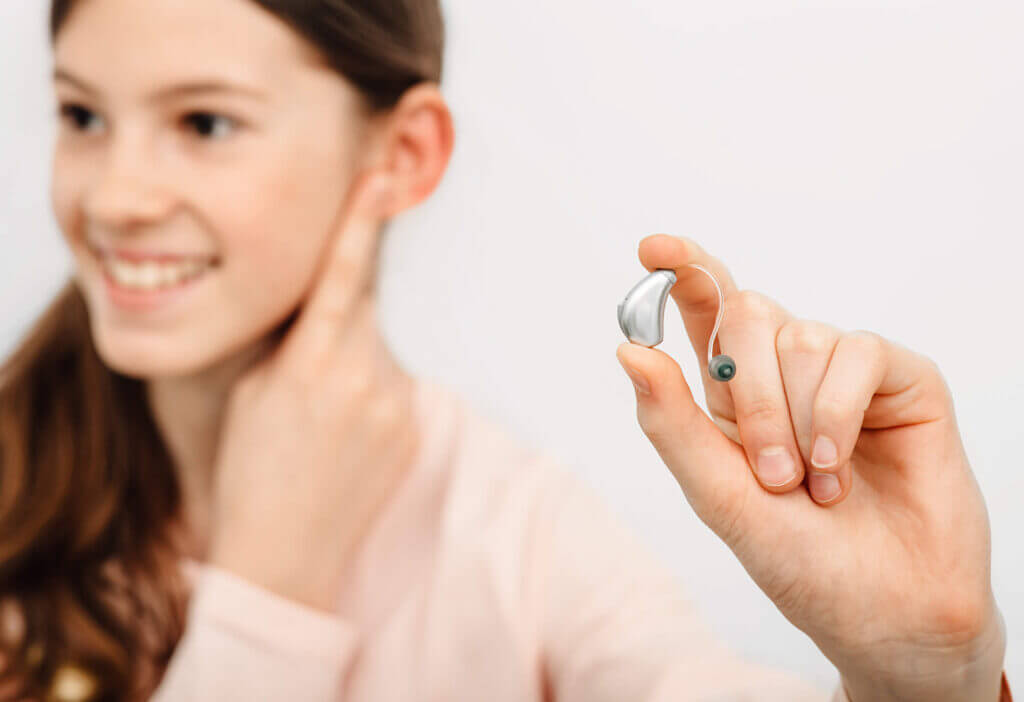

Device Selection
Every person’s hearing loss is different, and everyone’s listening needs are unique. Hearing aids vary widely in their styles, sizes and types of circuit technology. Our staff provides assistance in helping you determine the best device to meet your individual needs and preferences.
Considerations for device selection include your specific hearing-loss characteristics, physical anatomy and dexterity, lifestyle, preferences in device style and circuitry, and cost.
-
Premium
Hearing Aids
Save
$2000*
The most advanced technology provides all the latest features. Ideal for music lovers, people who enjoy the outdoors, busy places and those with demanding hearing needs.
-
Advanced
Hearing Aids
Save
$1000*
An excellent option for people with more active lifestyles. Advanced hearing aids offer features to improve hearing in restaurants, while shopping or at religious services.
-
Standard
Hearing Aids
Save
$500*
Provide the basic features needed to improve your hearing. A good option for people who spend most of their time at home or in small groups.
-
High Quality
Hearing Aids
starting from
$995!**
High quality, professionally fit hearing aids with all the features needed to improve your hearing. Ask about our “Special Value Price Plan”
*Limited time offer! Discount applies to a set of two of specific brands and models.
**$995 price reflects client out of pocket costs after government funding for one hearing aid.
See clinic for details.
Hearing Aid Technology Levels
Everyone’s hearing is unique. It is critical that we understand not only your level of hearing, but your lifestyle needs as well.
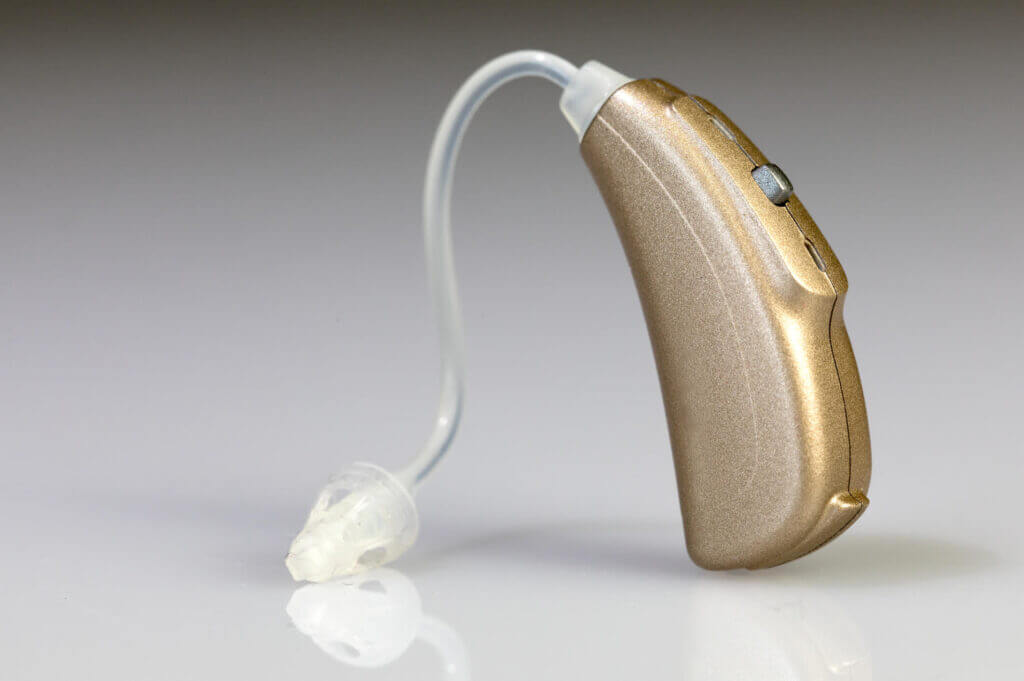
Essential Hearing Aids
- Live a quiet lifestyle
- Home body
- 1:1 conversation
- Free from annoying feedback
- Good for mild to profound losses
Advanced Hearing Aids
- Noise reduction to reduce listening effort
- In the workforce or socially active
- Good for small groups
- Free from annoying feedback
- Appropriate for mild to profound losses
- Connectivity
- Cushions impulse sounds
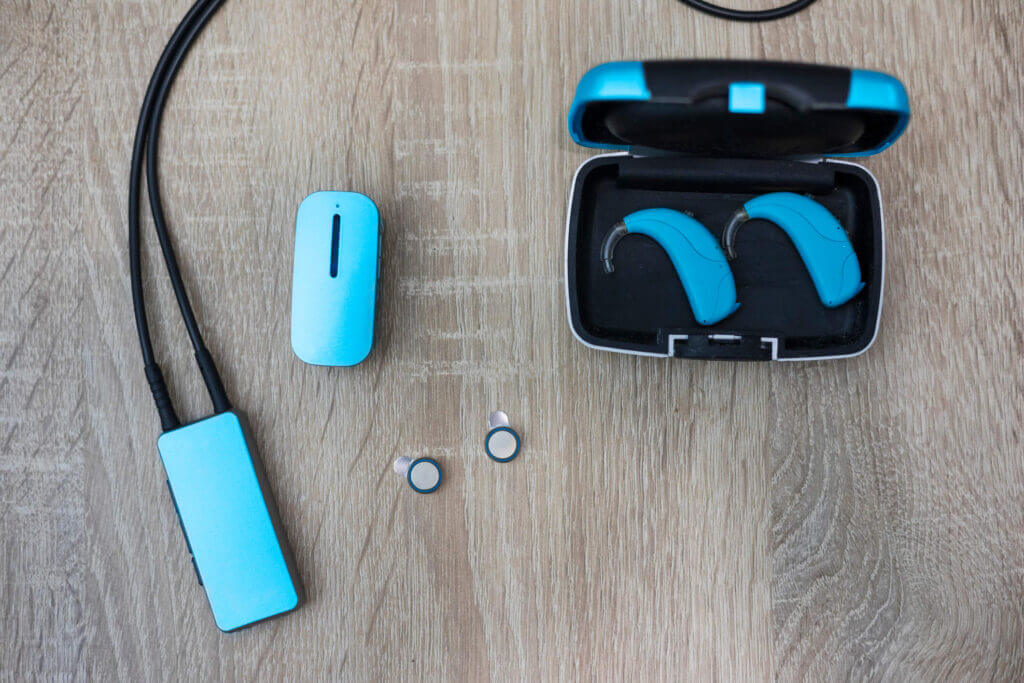
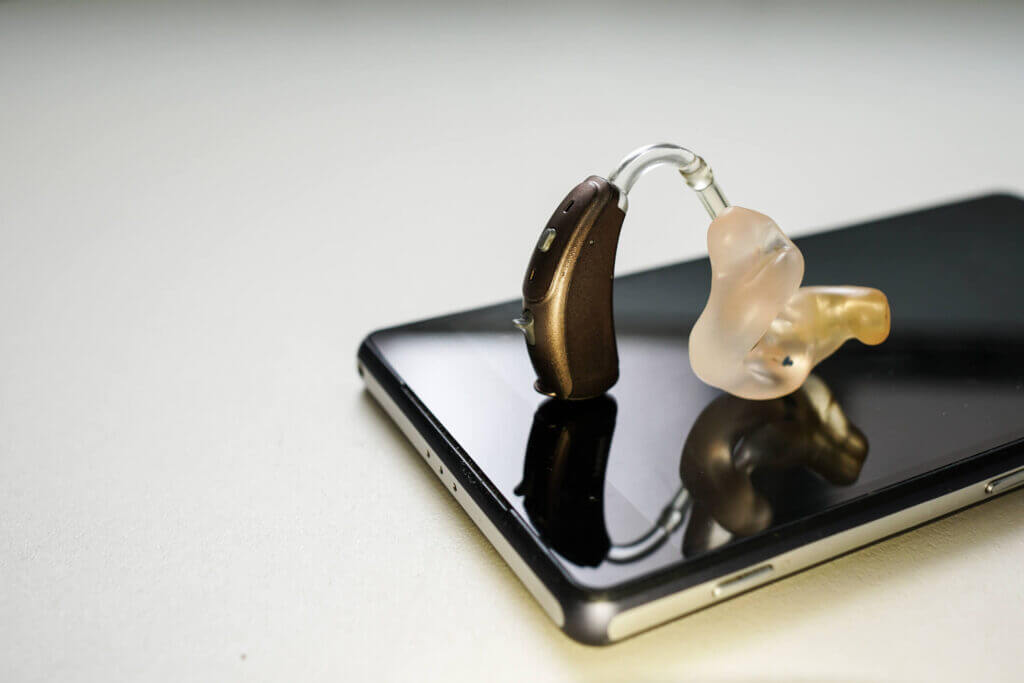
Premium Hearing Aids
- Dynamic noise reduction to reduce listening effort and increase speech intelligibility.
- Cushions impulse sounds
- Connectivity
- Wind management to suppress wind so you can enjoy the outdoors
- Speech enhancer
- Comfort in echo - the aid recognizes reverberation in a large environment like a place of worship or shopping centre and applies appropriate gain reduction resulting in less distortion.
- Able to hear speech in loud noise better
- Provides fuller and rich music experience
- Free from annoying feedback
- For mild to profound losses
- Automatically selects the direction of speech to improve speech intelligibility. This is extremely important for patients in wheelchairs.
- In summary - this is the best choice when wanting to create a stable listening environment for ease of communication.
Hearing Aid Components
While there are many different types of hearing-aid technologies, four basic components are common to them all:
- Microphone: Receives sound and converts it into electrical impulses.
- Amplifier: Intensifies electrical impulses.
- Processor Chip: Manipulates sounds to amplify the specific sounds that you want to hear
- Receiver: Translates those electrical impulses into louder sounds.
- Battery: Serves as power source for device.
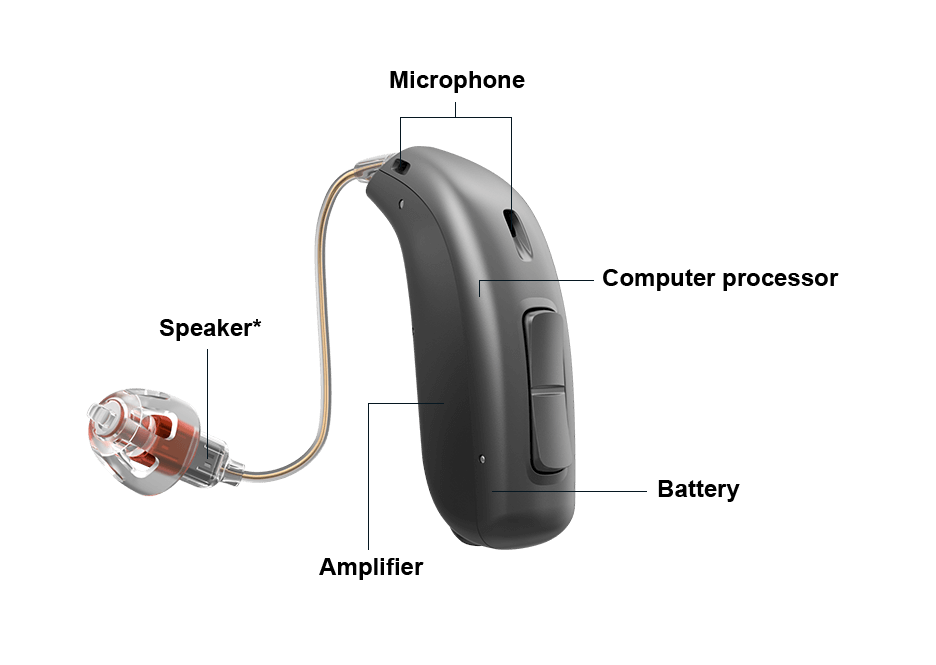
Hearing Aid Styles
Hearing aids are available in more styles and sizes than ever before; thanks to miniaturization of electronics and a new focus in the hearing industry on style and design. Now, more and more people can wear tiny, nearly invisible models, or sleek styles that are much less conspicuous than the latest Bluetooth headsets.
In-the-Ear Styles
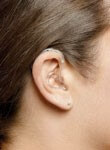
Completely-in-the-Canal (CIC)
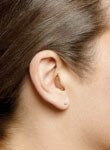
In-the-Canal (ITC)
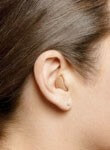
Behind-the-Ear Styles

Mini BTE with slim tube and tip (Open Fit)
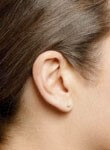
Receiver in the Canal (RIC)
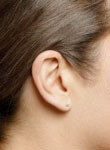
BTE with Earmold

Fitting & Dispensing
When your hearing aid is ready, you will meet with the audiologist for a fitting of the device and introduction to its use. The audiologist will adjust your device for appropriate levels of loudness and tonal quality; teach you how to insert, use and care for the device; and offer advice and support in adjusting to life with your new hearing device.
Adjusting to Hearing Aid Use
Like most people newly fitted with hearing aids, you will go through an adjustment period of adapting to a new way of hearing. The feel of the devices in your ears, the sound of your own voice, the detection of background noises, and the return of sounds you haven’t heard in quite some time are just a few of the things that will take getting used to.
Just as with other assistive appliances such as bifocals or dentures, the more you use your hearing aids, the sooner you’ll adapt to them. Before long, their use will become second nature and you will enjoy better hearing.
Follow-up & Maintenance
Follow-up visits with the audiologist can happen in person or by remote connection via telephone or video chat. These follow up appointments will be provided to ensure proper fit and functioning after you’ve begun using your device, and to discuss any concerns or questions you may have. Your progress will be closely monitored to assure your comfort and success with your hearing instruments.
We also perform maintenance, repair and adjustment services as needed for optimal performance of your hearing device.





